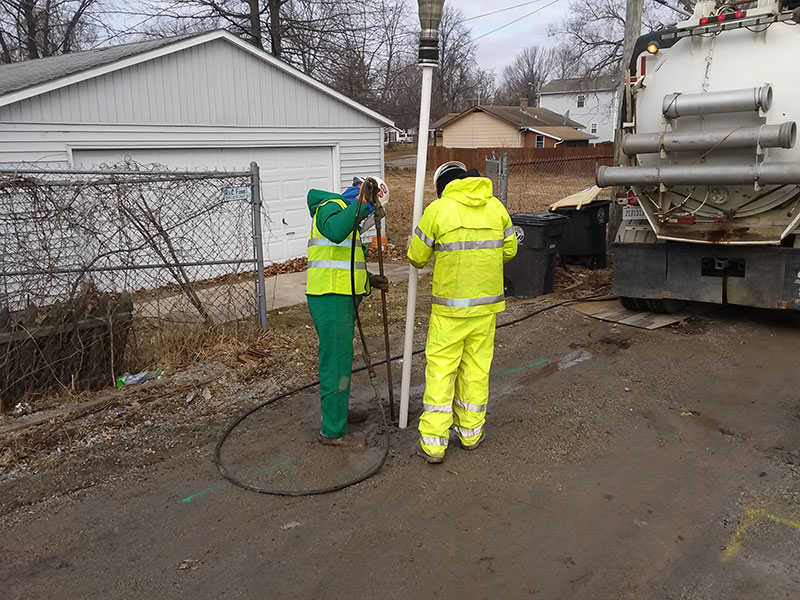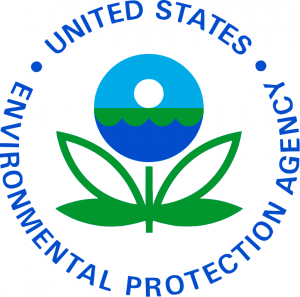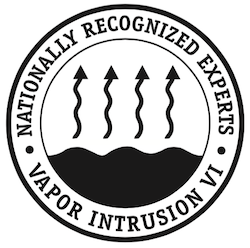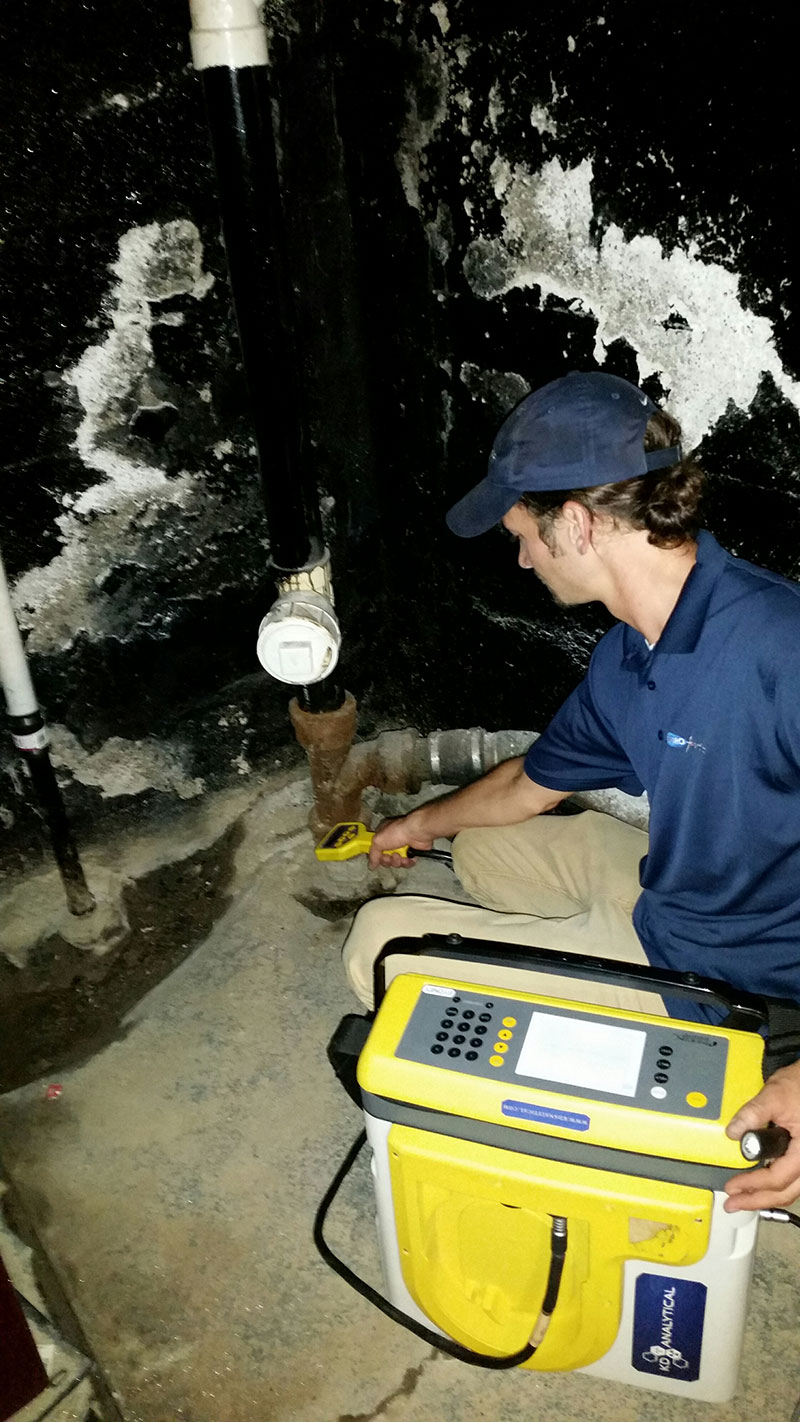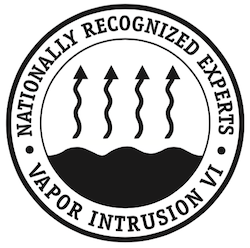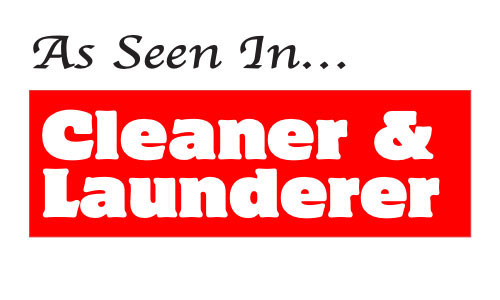Most people who reside in industrialized countries are well aware that our collective, historical pursuit of a higher standard of living has created an environmental pollution problem that threatens the very lives we originally intended to enrich. Ironically, our successes in these endeavors have also allowed for advances in science and medicine, which have revealed the harms of the pollution. I’ve worked in the environmental investigation and remediation industry for nearly two decades now; this business has been wrought by such irony.
In many cases, those legally responsible for environmental contamination were innocent of malicious intent when the release occurred. They were only guilty of not knowing that the chemicals or processes they employed during their daily pursuit of making a living were causing environmental damage, and even direct risks to human health. If I’ve heard the story once, I’ve heard it a hundred times; “We were just doing things as everyone else did them back then…we had no idea that our business operations were harming the environment, and for goodness sake, we would never have done anything to hurt anyone on purpose.” Small business operators and large manufacturing facility employees alike have often expressed this sentiment when alerted to the resulting harm, and at times, their realization has led to real tears of shame and remorse. Yesterday these folks were going about their businesses and their lives without the knowledge that they may be facing huge, potentially insurmountable legal and financial burdens. Today they are responsible for setting things right. It’s tempting to demonize “polluters” in our current society, especially given the intentional bad environmental decisions made by some. I choose to believe; however, that the merit of actions taken by those responsible after they learn of causing contamination is truly the article to be judged.
With the advent of environmental regulations in the late 20th Century, the United States established by law a system for controlling hazardous waste from the time it is generated until its ultimate disposal, known as the “cradle to grave” scenario. A chain of legal responsibility resulted, which linked the person or entity that caused pollution to the current owner of the pollution, or the real estate within which the hazardous waste (i.e. pollution) resides. These regulatory activities were performed in the pursuit of assigning financial responsibility for conducting cleanup to stop unacceptable human and ecological exposure to toxic materials. Those persons or entities who are presently at the front of the succession of liability line are referred to as the responsible parties, or RPs.
Responsible Parties can be billion dollar corporations, small businesses, retirees, or even national governments (i.e. military bases, energy research facilities). In some cases, the entity that created the hazardous waste is still operating and able to take control of their duty to manage or dispose of it properly. In other scenarios, the generator of the waste is no longer in business or has moved on to different locations without the knowledge that hazardous waste they created had been released into the subsurface. In the latter scenario, the liability to manage the contamination may have been accidently inherited by the unwitting purchaser of the property that was polluted by someone else’s hazardous waste.
Once environmental contamination and a RP has been identified by a governmental environmental agency, or an affected third-party, they will most likely enforce the existing laws, or file a lawsuit, and require that the RP investigate and clean up the mess. This is typically regardless of whether the legally responsible entity caused the contamination or not. Assuming that the RP has the financial means to take care of the problem, they will set forth their efforts at removing the pollution to the extent possible. Even with our great advances in science and engineering, the full extraction or destruction of every molecule of hazardous waste that may be in contaminated soils, rock and groundwater is simply not practical. Environmental regulators, attorneys and scientists understand that this limitation exists; and therefore, the success of cleanup projects is most often measured by the ability to eliminate adverse human health effects of exposure to the remaining residual hazardous waste. Contaminated properties are many times closed with a commitment by the RP to monitor future land usage at the contaminated property and ensure that no one becomes exposed. The regulating agencies have termed this process, “Long-Term Stewardship,” or LTS.
The legal and financial practicality of conducting and regulating the seemingly endless process of LTS is being fiercely debated in Washington D.C. at present; as the White House Office of Management and Budget (OMB) evaluates the final draft of EPA’s Vapor Intrusion Guidance, which contains the latest rendition of LTS requirements. Federally led environmental cleanup programs under CERCLA (Superfund) and RCRA have had LTS requirements for decades. These programs have been used as the basis for the new LTS requirements that are also likely to be applied through state led programs.
It is logical to presume that those responsible for environmental releases should also be those upon whom we all rely on to make pollution problems right. Individuals whose health has been harmed, or whose property has been impacted by environmental releases from others certainly have a right to seek answers and restitution from the responsible parties. Society as a whole has benefitted from the production of goods that resulted in contamination as a consequence. It may be appropriate; therefore, to keep sight of intent when considering the punitive component of damages sought. We all expect, and need responsible parties to use their financial assets to pay for the investigation and cleanup of the mess that they or their corporate predecessors created. With new LTS requirements, they will also be our environmental stewards, keeping an eye on residual contamination and exposure into the future for generations to come.
About the author:
 Environmental Expert
Environmental Expert
Jeff Carnahan, L.P.G.
866-888-7911
jcarnahan@enviroforensics.com
Jeffrey Carnahan is a Vice President and the Director of Technical Services at EnviroForensics, Mr. Carnahan holds a M.S. in Geology and is a Licensed Professional Geologist (LPG) with 17 years of environmental consulting and remediation experience. Mr. Carnahan’s expertise has focused on the investigation and interpretation of subsurface releases of hazardous substances for the purpose of evaluating and controlling the risk and cost implications to his clients. While managing sites ranging in size from retail gas stations and dry cleaners to large manufacturing facilities, Mr. Carnahan has amassed extensive experience working with releases of chlorinated solvents within voluntary and enforcement cleanup programs for various State agencies and the U.S. EPA. In his role as Director of Technical Services, Mr. Carnahan leads, supports and encourages the entire EnviroForensics team of experts as they guide their clients through the process of turning environmental liabilities to assets.
EnviroForensics is an environmental engineering firm specializing in soil and groundwater investigation and remediation and vapor intrusion assessment and mitigation. EnviroForensics has all have the tools available to us to perform the highest caliber science in the market today, which allows designing and implementing clever, innovative and effective solutions to PCE and TCE contamination. EnviroForensics® has pioneered and perfected the utilization of Comprehensive General Liability insurance policies as a resource to pay for the high costs associated with soil and groundwater investigations, remediations, and legal defense.
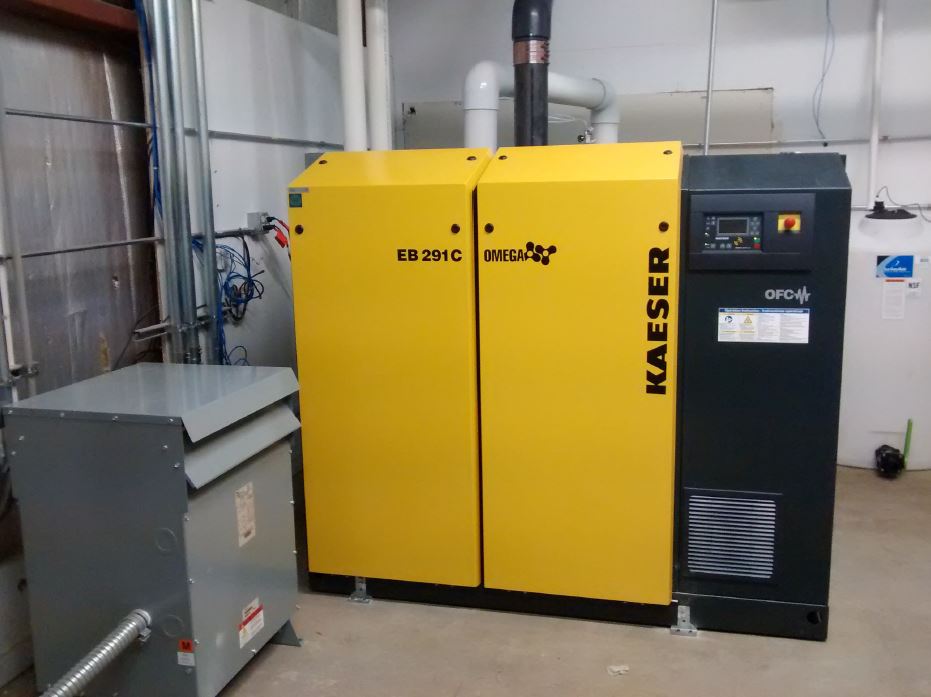 ay cause complaints from nearby residents or interfere with business operations at the cleanup site.
ay cause complaints from nearby residents or interfere with business operations at the cleanup site.